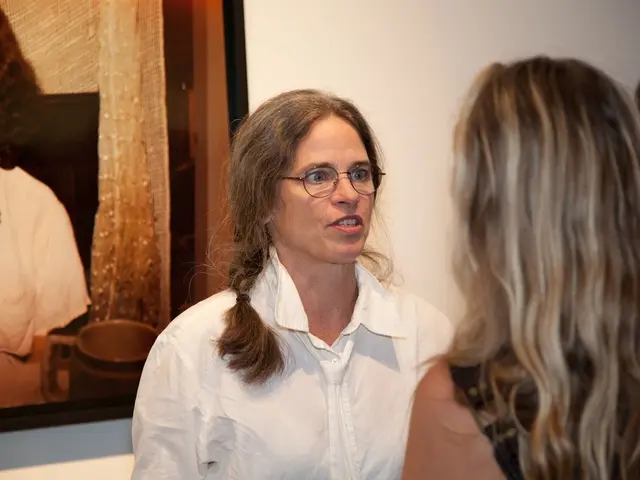Increased Demand and Applications from U.S. Students Observed in Canadian Art Schools
In a notable shift, Canadian art schools are witnessing a surge in applications from American students, with the University of Toronto Scarborough (UTSC) reporting a "meaningful increase" in applications for the 2025-26 academic year. This trend is particularly evident at institutions like the Nova Scotia College of Art and Design (NSCAD) in Halifax, which has seen a significant rise in interest, applications, and acceptances.
One key reason behind this trend is Canada's more attractive immigration and post-graduation work opportunities compared to current US policies. Canada's Post-Graduation Work Permit (PGWP) system, for instance, has been recently overhauled, expanding opportunities for international students to work in Canada after graduation if enrolled in approved programs. This creates a clearer pathway for students to gain Canadian work experience and eventually apply for permanent residency.
The US, on the other hand, has stricter and more uncertain immigration policies, making it harder for foreign and even US students to stay and work post-graduation. Canada's relatively seamless linkage between study permits, work permits, and permanent residency attracts students looking for long-term career prospects and immigration stability.
Canadian immigration pathways like Express Entry also favor candidates with Canadian education and work experience. US students studying in Canada can increase their chances of obtaining permanent residence through provincial nominations and language proficiency, which provide substantial points toward immigration applications.
Moreover, Canada is prioritizing economic immigration tied to in-demand jobs and Canadian work experience. This benefits international students in fields aligned with labor market needs, including creative and cultural sectors where art graduates often find employment.
NSCAD, for example, has seen applications from across the US, with 23 different states represented this year. AUArts in Calgary, Alberta has also experienced a significant increase in website traffic from US-based IP addresses. The Trump administration's new policies for international students, such as threatening to block Harvard University from enrolling international students and announcing it would "aggressively" begin to revoke the visas of Chinese students, have likely contributed to this trend.
Parents are also attracted to Canadian art schools due to their accommodating, supportive, and expressive environment that supports their children's interests in the arts. NSCAD's community includes many nonbinary, queer, transgender, and neurodivergent members who also seek mental health support. Students are drawn to NSCAD due to concerns about trans experiences, disability, same-sex marriage, women's rights, and fear of persecution in the US.
In addition to the influx of students, Canadian art schools are also seeing increased interest in faculty and administrative roles. AUArts, for instance, expects more US applicants for its faculty and administrative roles, like its job posting for a vice president academic in April.
The University of British Columbia and the University of Waterloo are also experiencing more applications from US students for their academic years. As Canada continues to offer more attractive immigration and post-graduation work opportunities, it is likely that this trend will continue.
- The surge in applications from American students to Canadian art schools can be attributed to Canada's more attractive immigration and post-graduation work opportunities compared to US policies.
- One of the factors contributing to this trend is Canada's Post-Graduation Work Permit (PGWP) system, which offers expanded opportunities for international students to work in Canada after graduation if enrolled in approved programs.
- Canadian immigration pathways like Express Entry, which favors candidates with Canadian education and work experience, also attract foreign students, offering them a clearer pathway to permanent residency.
- In fields aligned with labor market needs, including creative and cultural sectors, Canada's prioritization of economic immigration tied to in-demand jobs and Canadian work experience benefits international students.
- Parents are drawn to Canadian art schools due to their supportive and expressive environment that caters to diverse students, including those who have concerns about trans experiences, disability, same-sex marriage, women's rights, and fear of persecution in the US.




